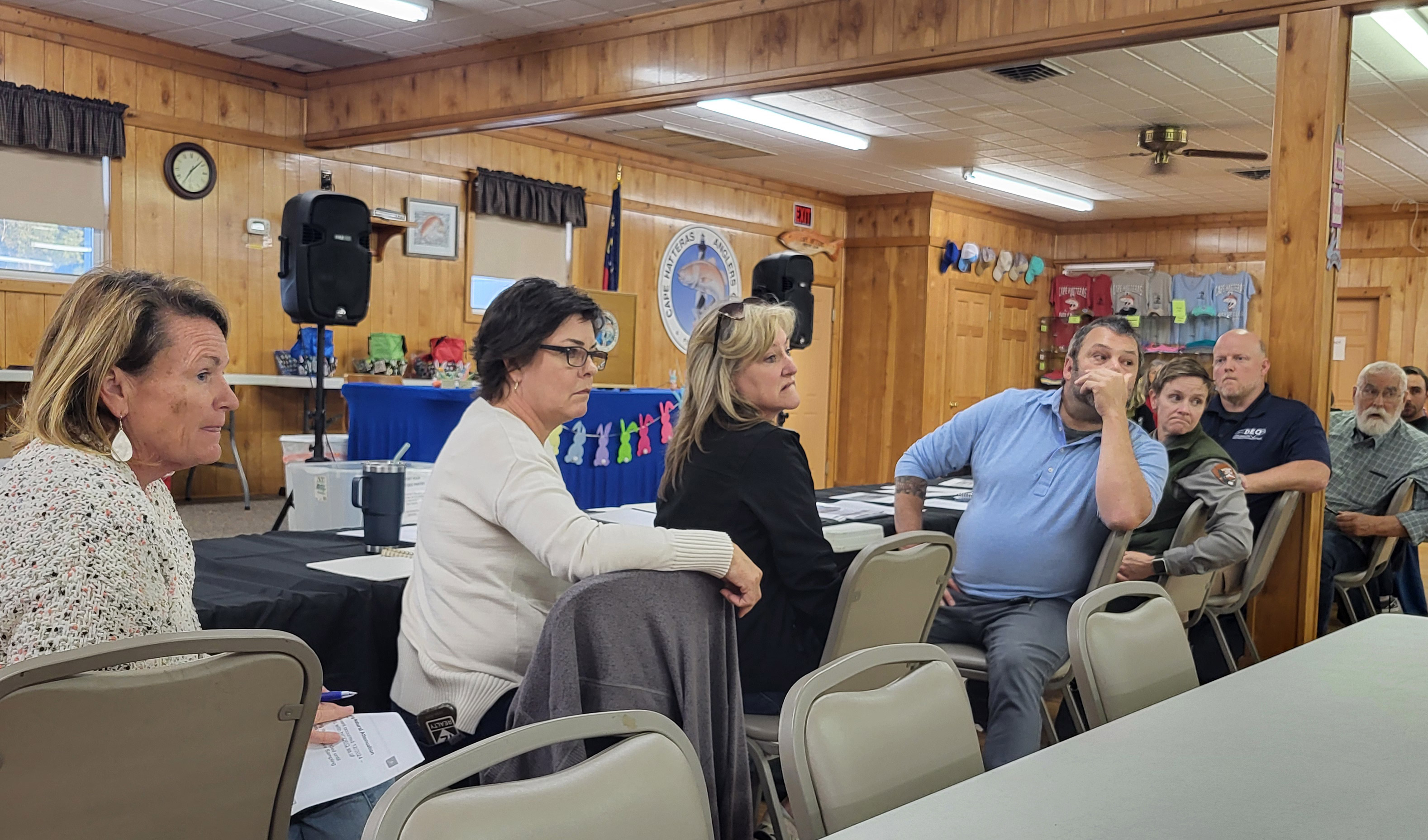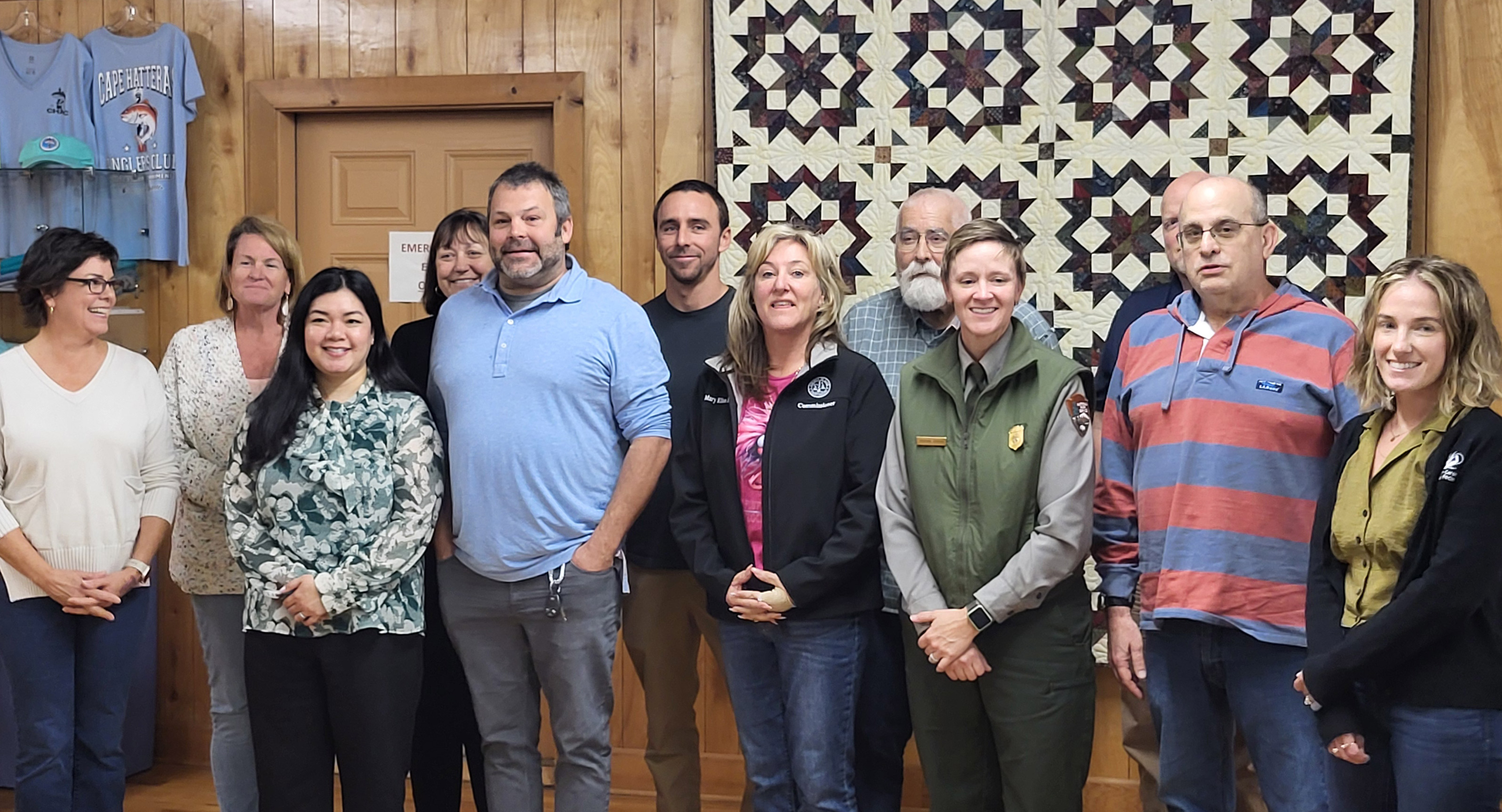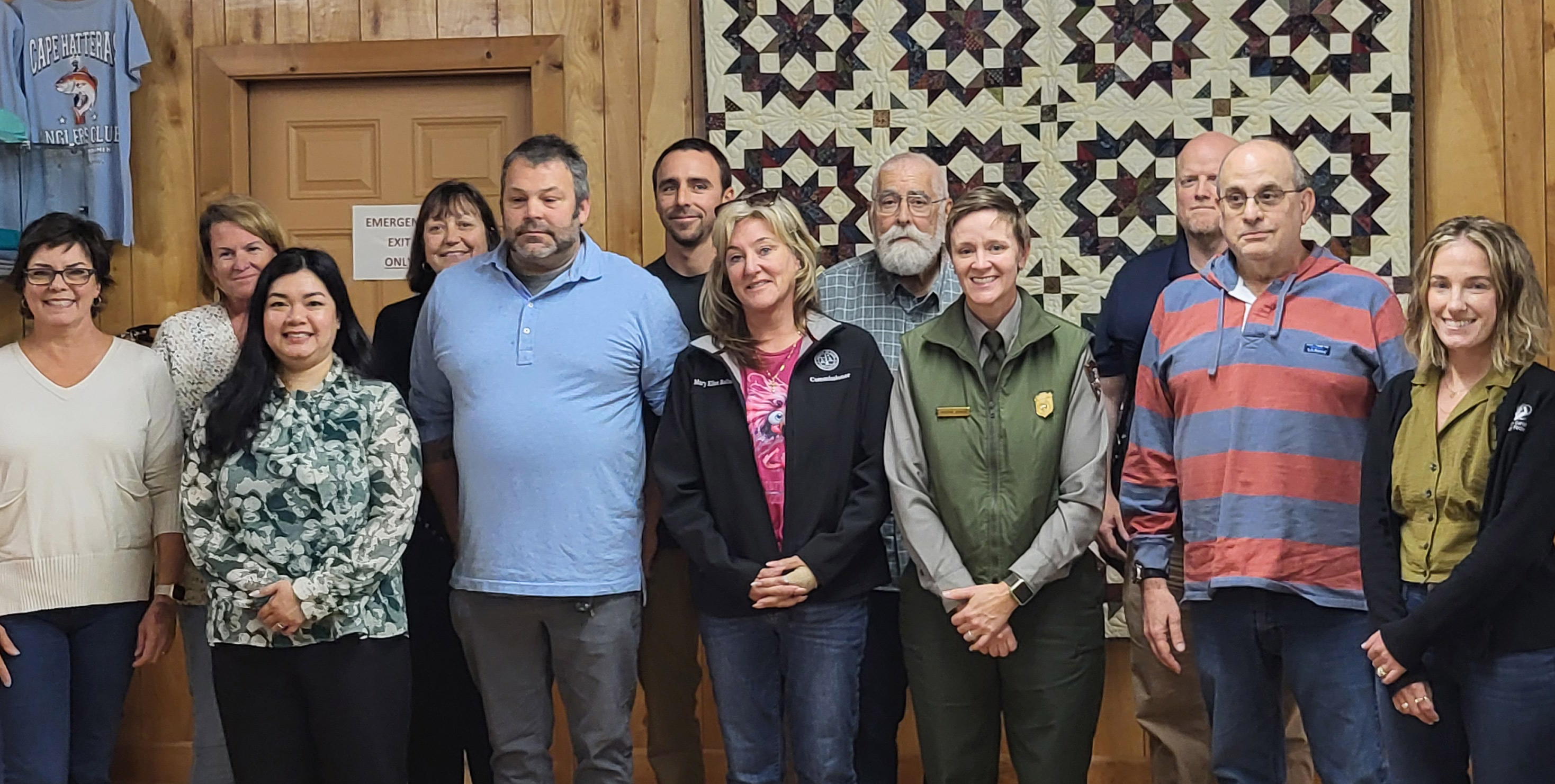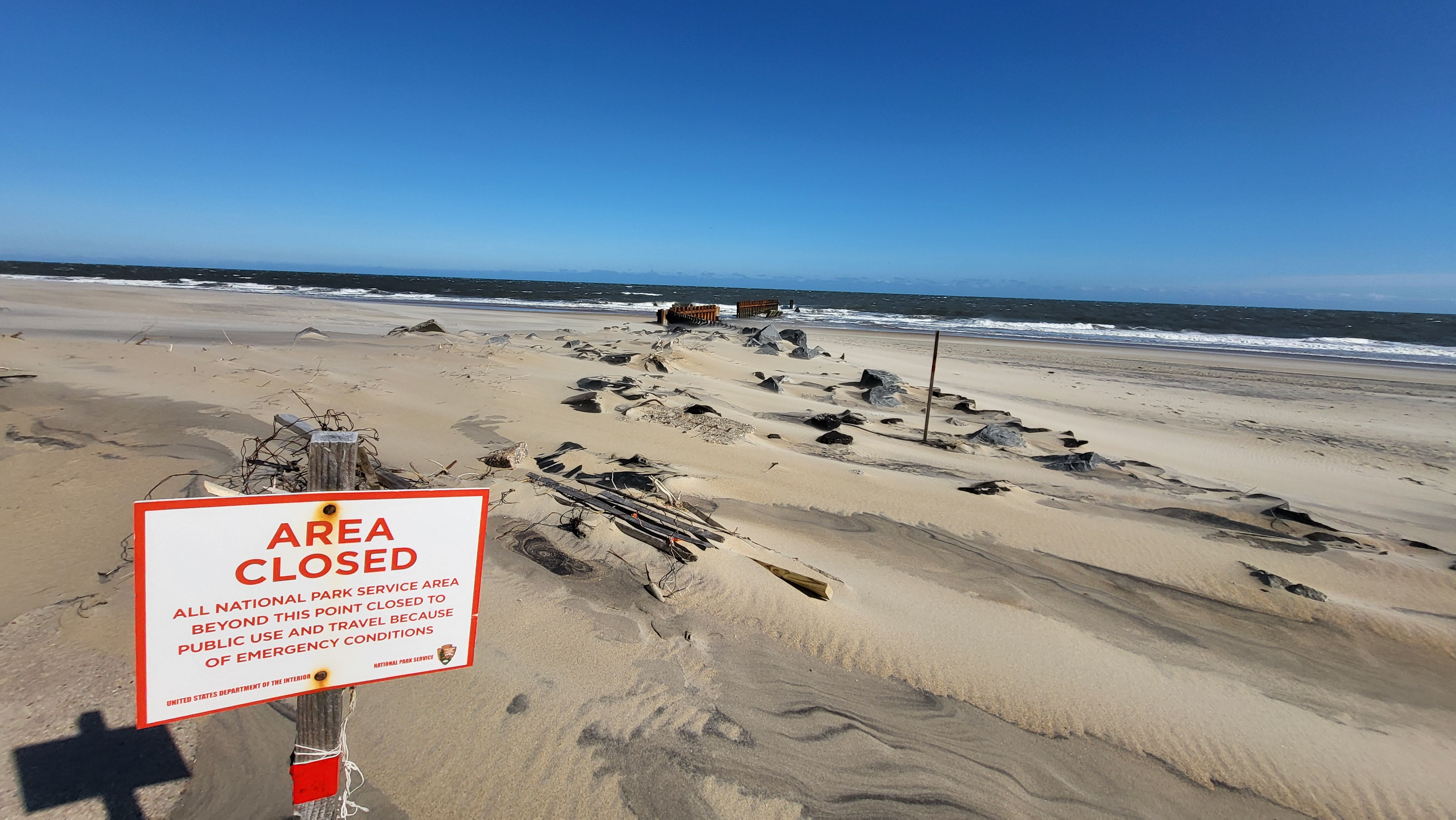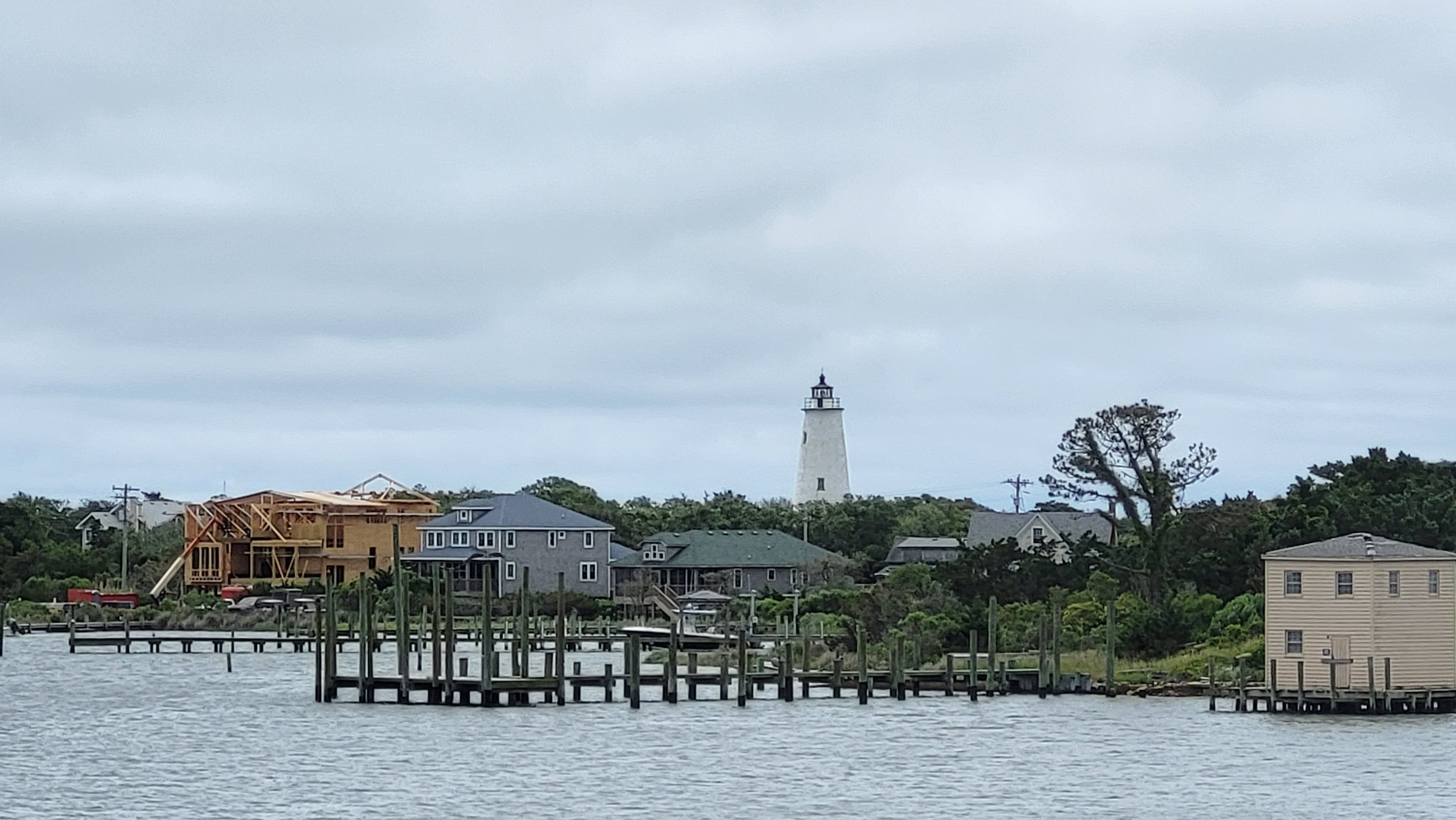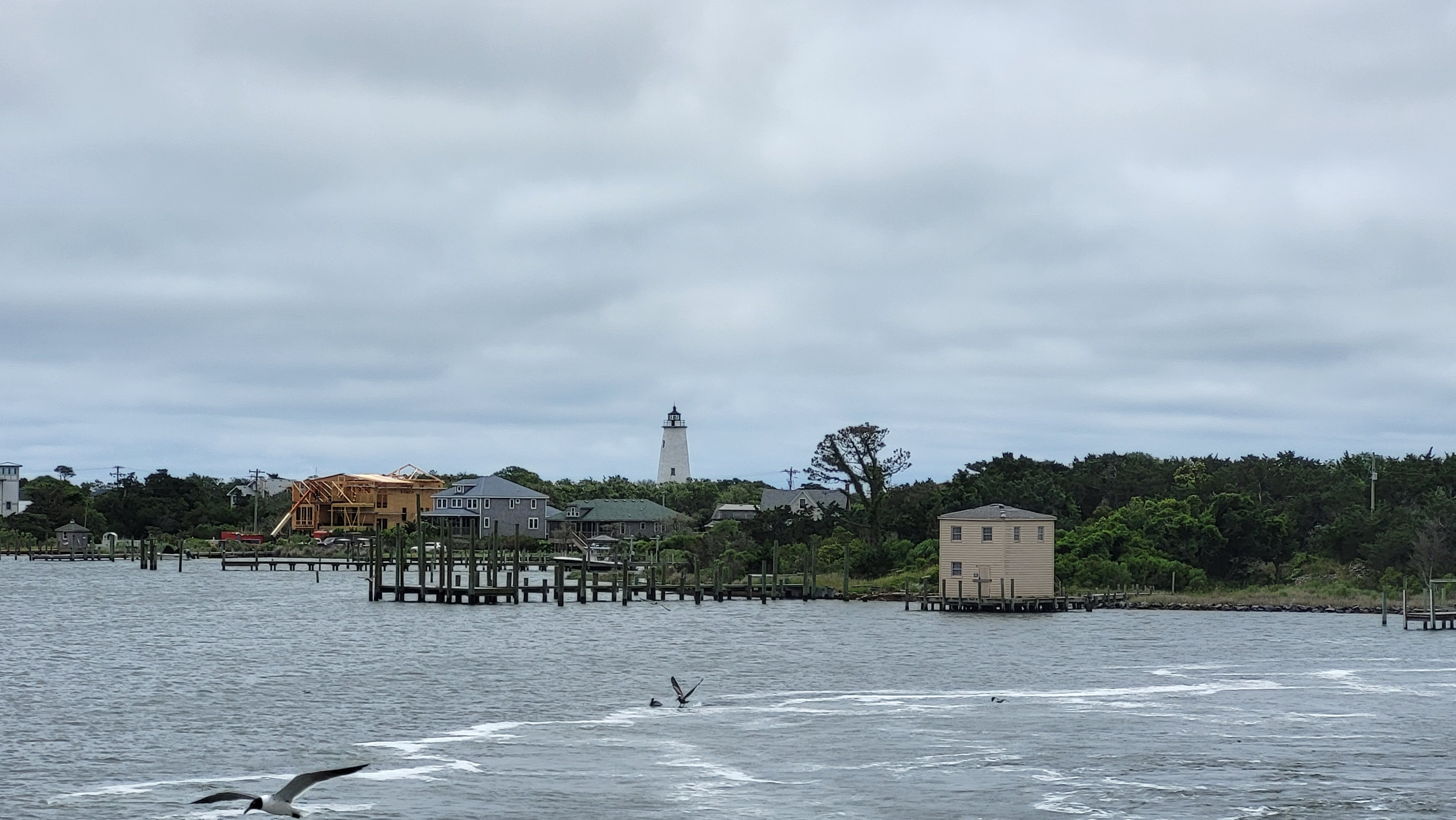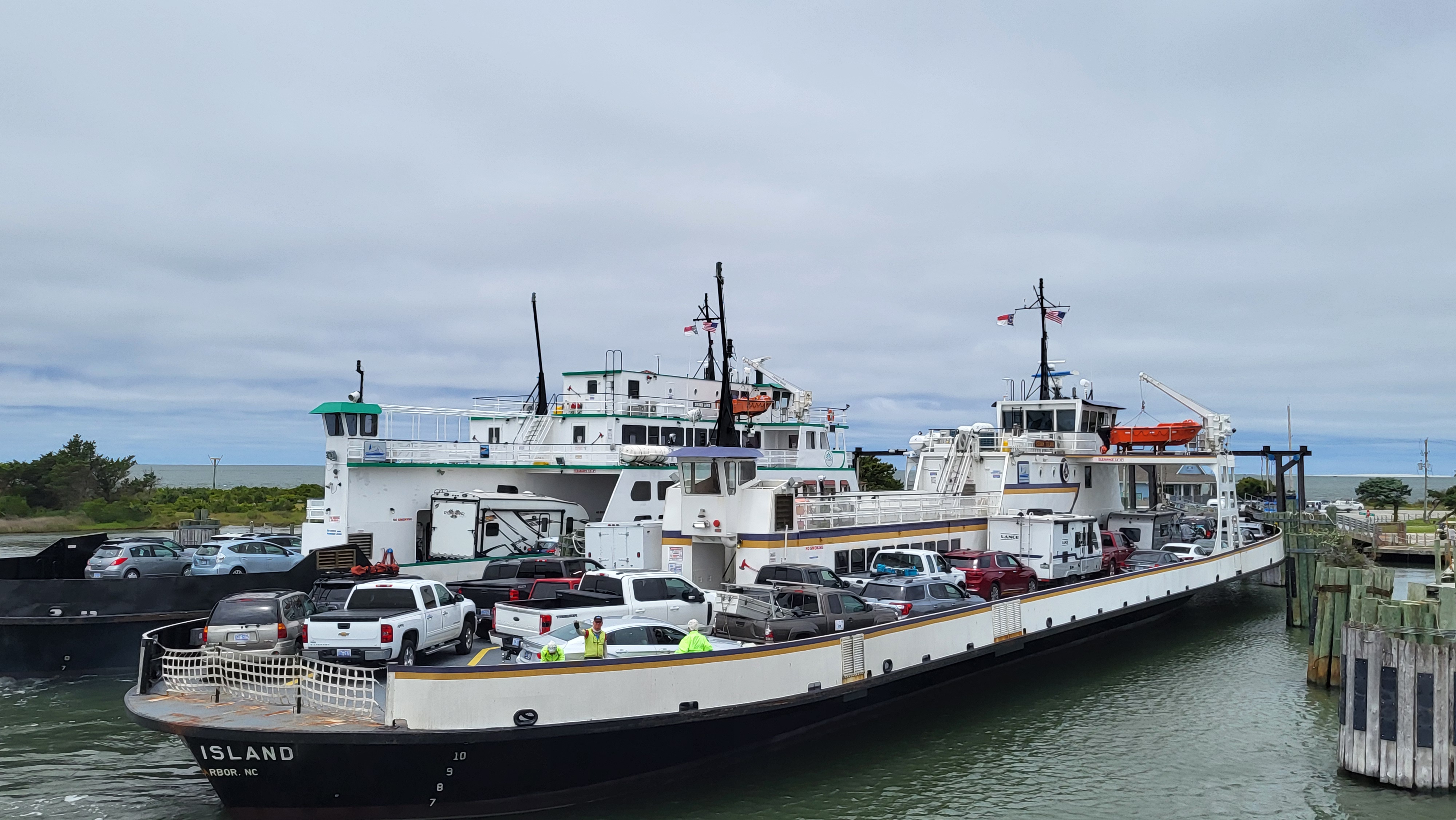Visitors reminded that drones are banned on the seashore
As the temperatures heat up and more and more visitors flock to the islands, the National Park Service is noticing an uptick in the number of drones that are making an illegal appearance along the Cape Hatteras National Seashore.
Drones are prohibited throughout the national seashore — on all NPS grounds and beaches – -which includes the lighthouses and the surrounding area. However, it seems that not everyone is aware of or following the rules.
“In recent weeks we had a drone flying around the Cape Hatteras Lighthouse, which is a concern for visitors and employees in and around the lighthouse, as well as the structure itself,” reports Hatteras Island District Ranger Joseph Darling.
“On one occasion in the recent past… a drone crashed into the Bodie Island Lighthouse,” he said.
“These are historic buildings and structures on the national registry, and it’s not easy to fix or repair if there is damage,” he adds.
The rule stems from a 2014 memo from the Director of the National Park Service on banning unmanned aircrafts (drones), which lists a number of justifications for the policy. Before the ban took effect nationwide, visitors and employees at parks across the country were reporting issues with unexpected drone encounters.
“In April, visitors at Grand Canyon National Park gathered for a quiet sunset, which was interrupted by a loud unmanned aircraft flying back and forth and eventually crashing in the canyon,” reads the report. “Later in the month, volunteers at Zion National Park witnessed an unmanned aircraft disturb a herd of bighorn sheep, reportedly separating adults from young animals.”
And on Hatteras and Ocracoke islands, the potential for something to go awry is a concern. Especially since the majority of drones have been spotted at the Cape Hatteras Lighthouse site – one of the most populated areas of the seashore.
“If the battery dies, or if the drone flew too far away from the controller, it could hit an employee, or could hit a visitor,” says Darling.
Winds can also send a drone off-course. The majority of recreational drone models can withstand wind speeds below the double digits, but on the islands, winds regularly gust to 10-20 mph on any given sunny afternoon.
And at the lighthouse site, having a visitor hit or startled by a drone while leaning against an outside railing 208 feet into the air is a situation that’s worth avoiding.
In addition to the potential damage to visitors and the historic sites themselves, drones can also have an unintended impact on the local wildlife.
“Drones can harass the local wildlife. Nesting birds could view drones as a predator,” says Darling. “And it could cause these nesting birds to move off their nest.”
The Park Service is steadily addressing drone use within the seashore, even as the sightings have increased.
“It seems like every other week there is a drone flying into the park,” says Darling. “Sometimes it’s commercial photographers, sometimes it’s recreational users.”
And drone users should be aware that being caught with a drone within the park could come with consequences.
“It depends on the situation. If we have a drone fly into the lighthouse, or if a drone is over a nesting area, that’s much more significant than a drone flying overhead or in an unpopulated soundside area,” says Darling.
A violation will typically result in a roughly $100 fine, but incidents that cause damage to property or local wildlife, which would be a violation of 36 CFR Section 1.5, could be much more costly, with a maximum fine of $5,000 and up to six months in prison.
But park rangers will generally intercept and talk to visitors if they see someone entering the park with a drone.
“With prices becoming more reasonable, we’re seeing drones a lot more often,” says Darling, “but we want to get the word out to the public, so we can stop issues before they arise.”


